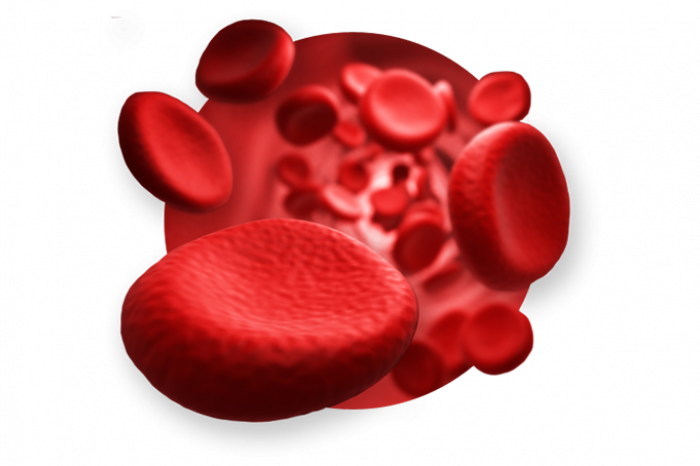
The science of regenerative medicine is progressing rapidly. Many “bad actors” have co-opted “stem cells” preying on unsuspecting patients and their families. Advertisements for stem cells treatments and patient centered seminars are showing up everywhere, often with claims that are too good to be true. Don’t believe everything you hear about stem cells and don’t be misled by deceptive marketing from unqualified physicians.
The first step is as a consumer understanding the difference between the various orthobiologic treatments.
There are 3 major groups of orthobiologic treatments that are typically offered in orthopedics. What is injected is critical as these treatments are not all the same.
Beware of:
Claims that stem cell treatments can treat a wide range of diseases? This is untrue.
Patient testimonials used to validate a particular treatment.
Regenerative medicine is a relatively new field and most physicians receive limited training in orthobiologics. If you have an orthopedic condition, then your physician should not only be comfortable with orthobiologics, but also have specialty training in physical medicine & rehabilitation (PM&R), sports medicine or orthopedics. These specialties understand the musculoskeletal system.
In addition to training in orthobiologics and musculoskeletal medicine, your physician should be skilled in ultrasound or x-ray guided injections. There is the evolving field of Interventional Orthopedics, and your physician should be comfortable with these advanced techniques.
Being skilled with using these advanced guidance techniques is the only way to ensure that the injection is being placed in the correct place.
Intravenous or IV injections will not get these cells to the injured tissue and the majority of IV ad cells get trapped in the lungs before they can get to the injured tissue (Fischer et al 2009).
Not everyone is a good candidate for orthobiologic treatments. The treatment must fit this disease, and the outcomes may vary depending on the severity of the problem. In some cases, the best treatment maybe surgical, but as a patient you should understand your options. If the treatment sounds too good to be true it probably is.
Boston Sports & Biologics is one of only 43 clinics in the country to work with Databiologics to collect outcome data on orthobiologic treatments. Our objective is to provide the highest level of care and continue to promote a greater understanding and advance the field of regenerative medicine. We will spend the time to discuss your underlying cause of pain, your treatment options and whether you maybe a candidate for orthobiologic treatments. In addition, our lab will calculate your platelet dose and is one of only a handful of clinics in New England that can confirm the platelet dose using advanced lab equipment.
Whether you seek care at Boston Sports & Biologics or elsewhere, we encourage you to do your homework.
REFERENCES:
Fischer UM, Harting MT, Jimenez F, Monzon-Posadas WO, Xue H, Savitz SI, Laine GA, Cox CS Jr. Pulmonary passage is a major obstacle for intravenous stem cell delivery: the pulmonary first-pass effect. Stem Cells Dev. 2009 Jun;18(5):683-92.
Lai F, Kakudo N, Morimoto N, Taketani S, Hara T, Ogawa T, Kusumoto K. Platelet-rich plasma enhances the proliferation of human adipose stem cells through multiple signaling pathways. Stem Cell Res Ther. 2018 Apr 16;9(1):107.
Oliva A, Passaro I, Di Pasquale R, Di Feo A, Criscuolo M, Zappia V, Della Ragione F, D'Amato S, Annunziata M, Guida L. Ex vivo expansion of bone marrow stromal cells by platelet-rich plasma: a promising strategy in maxillo-facial surgery. Int J Immunopathol Pharmacol. 2005;18:47–53.
Adductor longus selective tenotomy is a modern surgical treatment for chronic groin pain that offers faster recovery and better outcomes than traditional full release surgery. The adductor longus, an inner thigh
Read MoreDiscover how ultrasound helps diagnose plantar fat pad atrophy, a leading cause of ball-of-foot pain. Learn about symptoms, thickness cutoffs, and why early detection matters for relief.
Read More